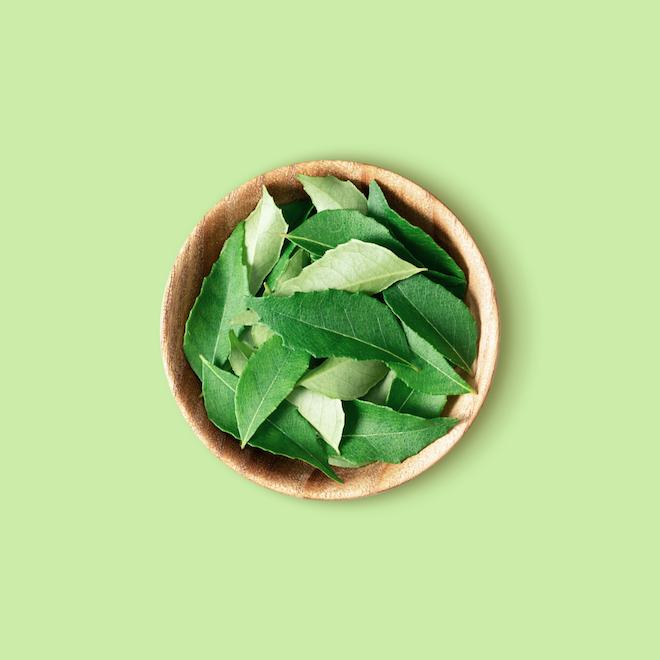Curry Leaf




Curry leaf is a small, green and citrusy leaf from a tree plant native to India and Sri Lanka. Curry leaf is a staple ingredient in many South Indian and Southeast Asian cuisines where it is used as a flavoring agent in many curry dishes. Aside from culinary purposes, curry leaf is often used in medicinal applications and dried curry leaf can be used as incense which has a pleasant, citrusy aroma.
When buying fresh curry leaves, look for bright green, firm leaves with no browning or yellowing. Avoid wilted or limp leaves, as they will have lost their flavor and aroma. Your best bet at finding fresh curry leaves is at Indian grocery stores or Asian markets with dedicated Indian sections. These stores usually have fresh curry leaves readily available.
Fresh curry leaves can be stored in a refrigerator wrapped in a damp paper towel then put into an airtight container. This way, they can last for up to 2 weeks. If frozen, they can be stored for up to 6 months.
Dried curry leaves can be stored in an airtight container in a cool and dark place for up to a year.
Curry leaves can be used as a garnish but most commonly as a flavor enhancer in curries, soups and stews which gives off a slightly citrusy aroma. Whether fresh or dried, curry leaves should be used as a whole and not crushed to avoid a bitter flavor.
Curry leaves' pungent aroma works wonders as a natural mosquito and pest repellent. Crush a few leaves and rub them on your skin or place them near doorways and windows to deter unwanted visitors.
Curry leaves boast a wealth of antioxidants and nutrients that benefit hair health. Steep a handful of leaves in coconut oil, strain, and use the infused oil as a hair mask to promote shine, combat dandruff, and stimulate hair growth.
Curry leaves are packed with antioxidants, vitamins, and minerals. They are believed to aid digestion, reduce inflammation, boost immunity, and even manage diabetes and blood pressure.
In some cultures, the curry leaf tree is planted at weddings and symbolizes the union and growth of the newly married couple.
In India, curry leaves are often used in religious ceremonies and offerings. Their presence symbolizes purity, prosperity, and good luck.
Curry leaves are commonly used in tempering, where spices are sizzled in hot oil. Add them early in the process to infuse the oil with their flavor and aroma. For dishes like curries and dals, add the leaves early in the cooking process to allow their flavor to develop and infuse with other ingredients.
Curry leaves pair well with warm spices like cumin, turmeric, coriander, and cardamom, creating a complex and aromatic profile. They are also a natural fit in coconut-based dishes, adding a contrasting citrusy note to coconut milk's rich and creamy flavor.
If you don’t have fresh curry leaves you can substitute them with dried curry leaves but they have a much less intense aroma and flavor. Use a double quantity compared to fresh leaves.
Curry leaves are rich in antioxidants, particularly carvacrol and limonene. These antioxidants fight free radicals in your body, potentially reducing the risk of chronic diseases like cancer, heart disease, and Alzheimer's.
Curry leaves may aid digestion by stimulating digestive enzymes and reducing stomach acidity. They also have potential anti-ulcer properties, offering relief from symptoms like heartburn and indigestion. Studies suggest curry leaves possess antibacterial and antifungal properties, potentially helping fight off infections and promoting general gut health.
Curry leaves offer a delicious and potentially health-promoting addition to your diet. Enjoy them in moderation as part of a balanced diet to reap their potential benefits for digestion, immune health, and overall well-being.
Corrections or improvements? Email us at
content@sidechef.com